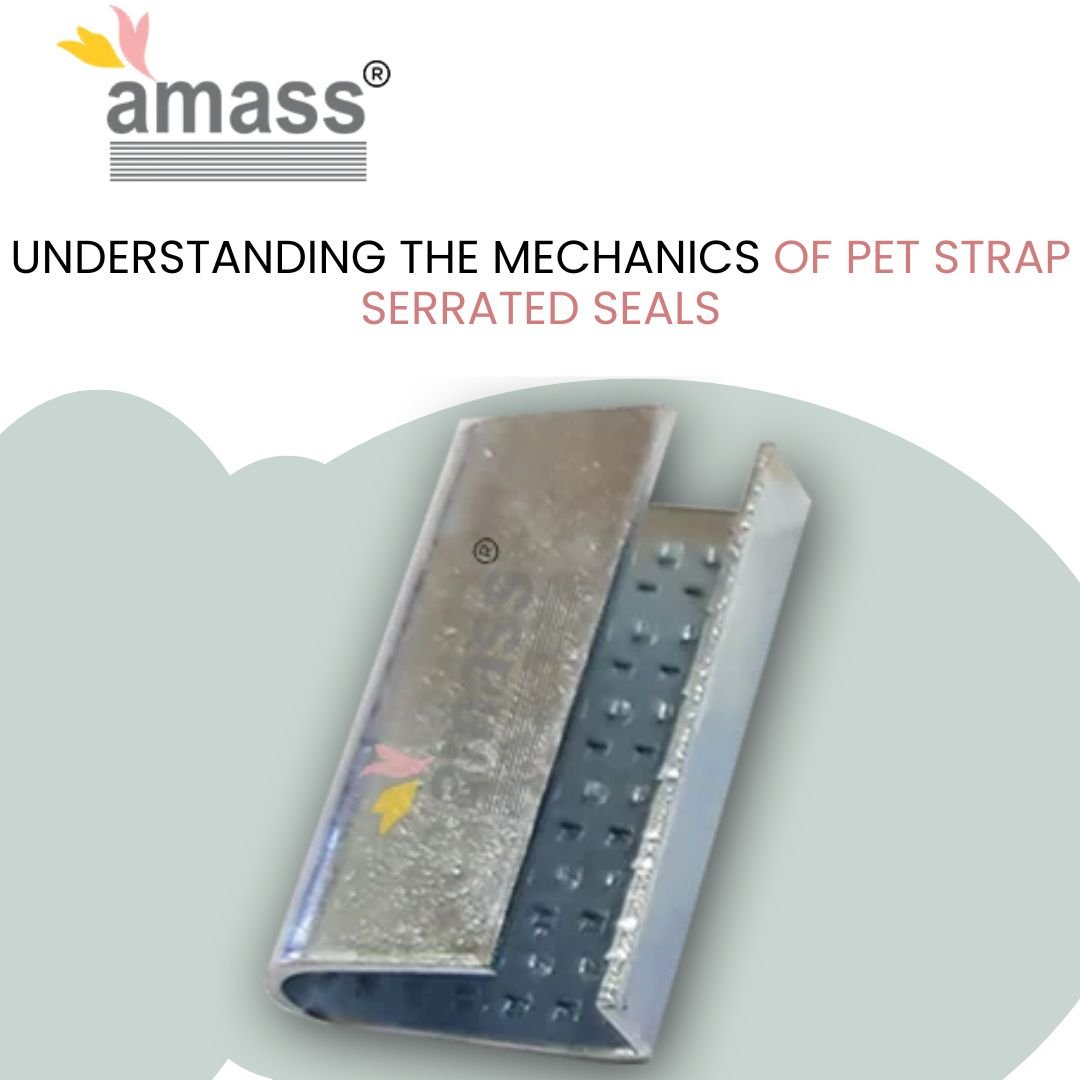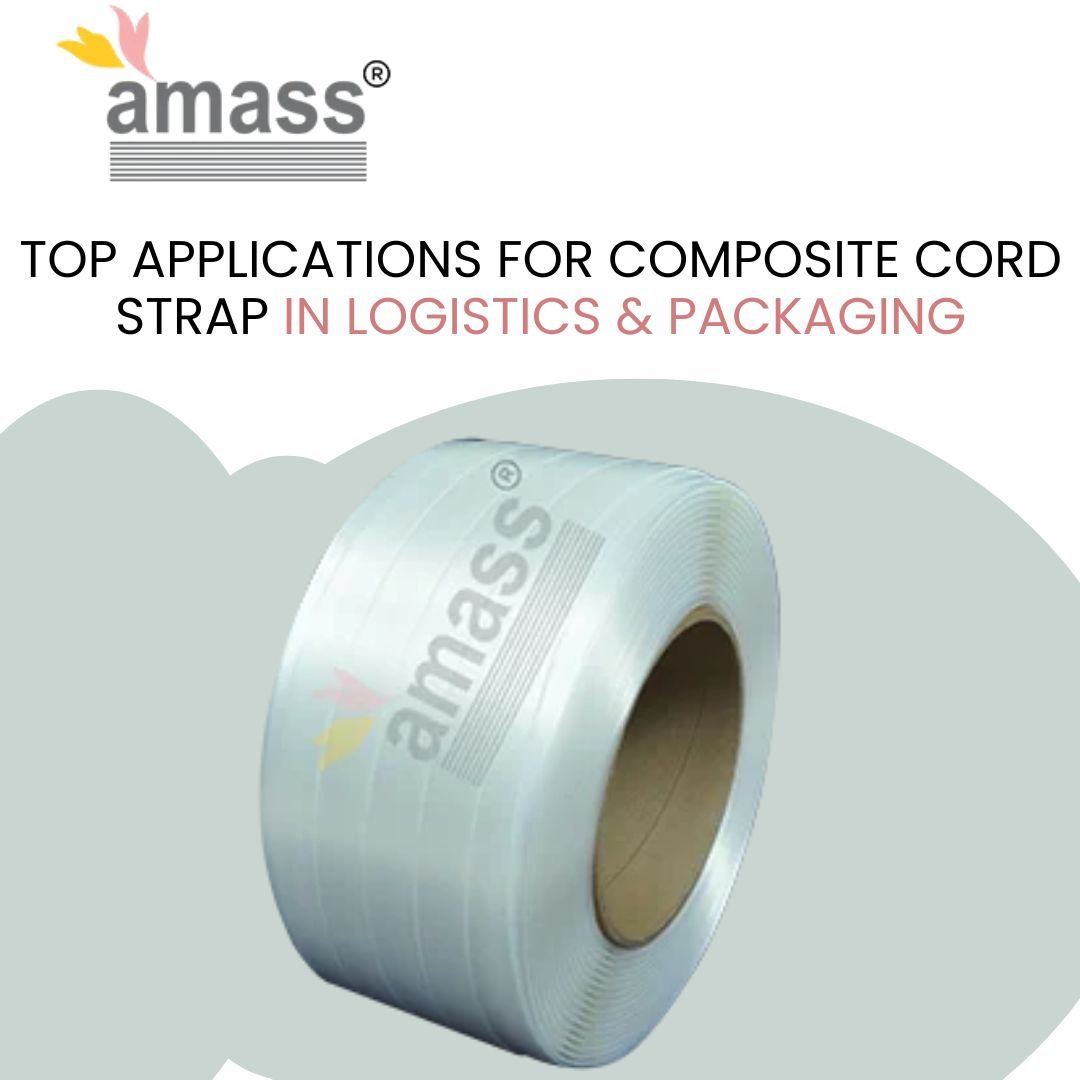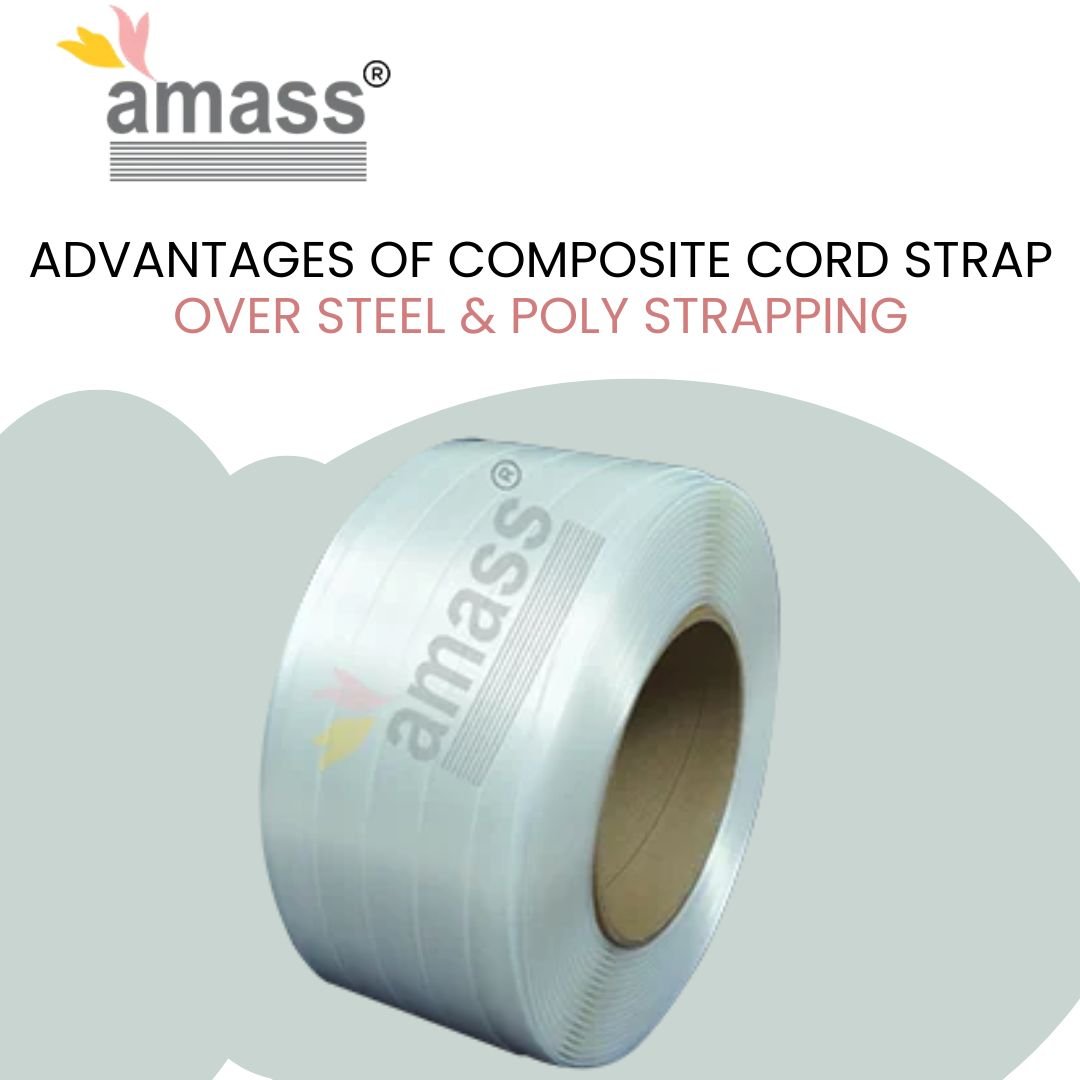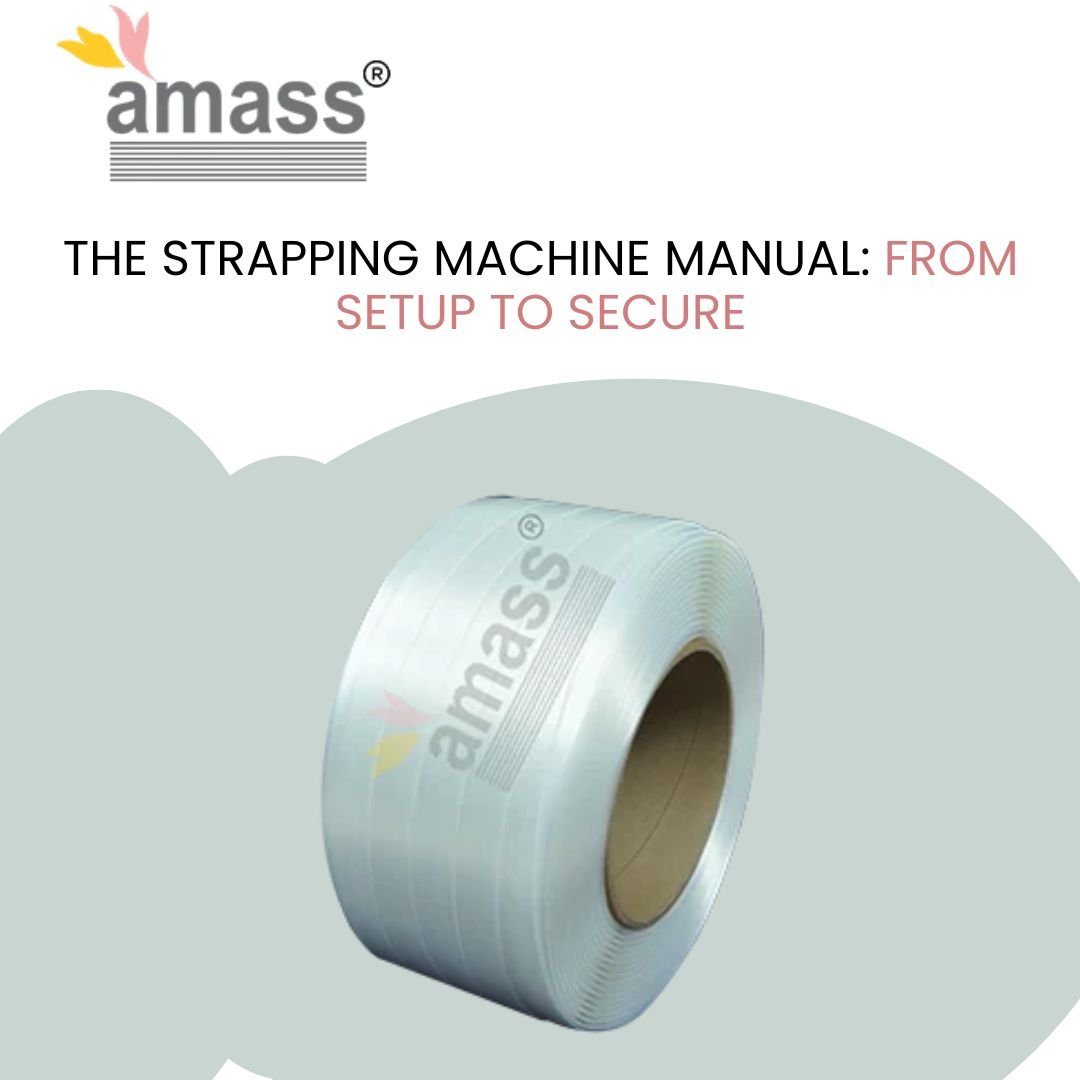Understanding the Mechanics of PET Strap Serrated Seals

Top Applications of PET Strap Serrated Seals in Industrial Packaging
October 17, 2025Introduction
Packaging operations waste thousands annually from seal failures where straps slip loose, loads shift during transport, and cargo arrives damaged. Serrated seals solve this mechanical problem by embedding teeth into smooth PET strap surfaces, creating joint efficiencies up to 75% of strap breaking strength versus 46% for sand-grit alternatives. The teeth physically bite into polyester coating to form mechanical anchors rather than relying on friction alone, which fails on glossy PET surfaces. This article explains the engineering principles behind serrated grip technology, demonstrates how crimping mechanics create permanent seal joints, and shows why proper tooth design determines whether loads stay secure or arrive loosened during multi-modal shipping.
Design Principles of Serrated Teeth
Serrated seals feature interior ridges or teeth stamped into galvanized steel during manufacturing. These teeth range from small regular patterns to aggressive deep serrations depending on intended load capacity. The tooth profile matters—sharp edges penetrate strap coating effectively, while rounded teeth may fail to grip adequately.
Standard serrated seals measure 0.8-0.9mm thick with hardness ratings between 52-62 Rockwell B. This hardness allows teeth to indent polyester without deforming the seal body during crimping. The galvanized coating prevents corrosion while maintaining the tooth sharpness essential for consistent grip performance.
Seal geometry includes the tooth count per linear inch and the depth of each serration. Higher tooth density increases contact points with the strap surface, distributing load across more grip locations. Testing shows that properly designed serrated seals achieve 70% joint efficiency, meaning a 900 kg rated strap maintains 630 kg strength at the seal joint.
Mechanical Grip vs Friction Dependency
Smooth seals rely entirely on friction between flat metal surfaces and textured polypropylene straps. This friction-based hold works adequately when strap surfaces feature embossed patterns that create natural grip. PET strapping presents a fundamentally different challenge—the glossy polyester surface offers minimal friction coefficient with smooth metal.
Serrated teeth create mechanical interlocks by penetrating the strap’s polymer coating during the crimping process. The teeth physically dig into the polyester surface, forming anchor points that resist slippage even under high loads and vibration. This mechanical action proves superior to friction because it doesn’t depend on surface texture compatibility.
Comparative testing demonstrates the performance gap: serrated seals achieved 664 pounds slip resistance on PET strapping, while sand-grit friction seals managed only 414 pounds on identical material. The 60% improvement comes directly from mechanical bite versus surface friction. Moreover, sand-grit seals degrade as the abrasive material wears away, while serrated teeth maintain consistent performance across thousands of applications.youtube
The Crimping Process Explained
Step 1: Seal Placement
The seal positions over two overlapping strap ends after tensioning. Proper overlap typically requires 4-6 inches of strap extending past the seal for adequate grip area. Insufficient overlap reduces contact between serrated teeth and strap surface, compromising joint strength.
Step 2: Jaw Engagement
Sealing tools feature non-symmetrical jaws designed specifically for serrated profiles. The upper and lower jaws contain matching patterns that compress the seal while driving teeth into both strap layers simultaneously. Symmetrical jaws meant for smooth seals can’t properly crimp serrated designs—they apply uniform pressure without the directional force needed to embed teeth.
Step 3: Compression and Tooth Penetration
As crimping pressure increases, the seal body deforms around the strapping while teeth penetrate the polyester coating. The galvanized steel’s hardness ensures teeth remain rigid during this compression, cutting micro-indentations into the strap surface. These indentations create physical resistance to lengthwise movement—the key mechanism preventing slippage.
Step 4: Permanent Deformation
Complete crimping permanently deforms the seal into a closed shape that locks around both strap layers. The seal can’t be reopened without destroying its structural integrity, making it a single-use fastener. This permanent deformation combined with embedded teeth produces the 70-75% joint efficiency that manual sealing operations require for reliable load security.
Joint Efficiency and Load Distribution
Joint efficiency measures what percentage of the strap’s full breaking strength the sealed joint can withstand before failure. Heat welded joints achieve 55% minimum efficiency, friction welds reach 65%, and properly applied serrated seals deliver 70-75%. Advanced automated systems with optimized friction welding can hit 90% efficiency, but manual operations depend on metal seals.
The sealed joint becomes the system’s weak point regardless of strap quality. A 700 kg rated PET strap with 70% seal efficiency supports maximum loads of 490 kg before the seal slips. Calculating safe working load requires halving this figure again—the 700 kg strap paired with serrated seals safely handles 245 kg working loads.
Serrated teeth distribute this load across multiple contact points rather than concentrating stress at single locations. Each tooth carries a portion of total tension, preventing individual teeth from shearing through the strap coating under stress. This distribution mechanism explains why increasing tooth count improves joint reliability even when individual tooth depth remains constant.
Factors Affecting Seal Performance
Seal-to-Strap Size Matching
Mismatched seal and strap widths reduce effective contact area. A 19mm strap requires 19mm seals—using 16mm seals leaves strap edges unsupported, while 25mm seals won’t crimp properly onto narrower strapping. The seal must match strap thickness specifications as well, since thin seals can’t accommodate heavy-duty strap dimensions.
Material Condition
Worn seals with damaged teeth or corrosion produce weak joints regardless of crimping technique. PET strapping stored in direct sunlight may develop surface degradation that prevents proper tooth penetration. Both materials should remain in factory-fresh condition for optimal performance.
Tool Calibration
Crimping tools lose calibration through extended use, applying insufficient or uneven pressure across the seal. This creates partial embedment where some teeth penetrate fully while others barely contact the strap surface. Monthly tool inspection and calibration verification prevent this gradual performance decline.
Common Application Errors
Placing seals too close to the strap end leaves insufficient material for teeth to grip, producing joints that fail at low loads. The opposite error—excessive strap tail beyond the seal—wastes material without improving strength. Proper technique positions the seal over the overlap zone where both strap layers provide maximum contact area.
Incomplete crimping represents the most frequent mistake in manual sealing operations. Operators who don’t fully close the sealer tool leave teeth partially embedded rather than driven to full depth. This half-crimped condition may appear adequate visually but fails when loads experience vibration during transport.
Using smooth seals on PET strapping creates joints that initially seem secure but loosen progressively as micro-movements allow the strap to slip through the seal. The mistake often goes undetected until cargo arrives damaged, making it a costly error that proper seal selection prevents entirely.
Tool Selection and Maintenance
Manual tensioners paired with separate sealers work for low-volume operations processing fewer than 50 packages daily. These tools require deliberate operator technique to achieve consistent seal quality. Combination tools that tension, seal, and cut in one operation speed application for medium-volume warehousing.
Pneumatic combination tools deliver repeatable crimping pressure independent of operator strength, making them suitable for high-volume operations. The air pressure specification directly affects seal quality—tools operating below recommended pressure produce weak joints even with correct seals.
Sealer jaw maintenance determines long-term performance. Debris accumulation in jaw serrations reduces effective tooth penetration. Daily cleaning with wire brushes removes accumulated polyester coating fragments. Monthly inspection identifies worn jaw patterns that require tool replacement before they compromise seal integrity.
FAQs
Q: Why do serrated seals outperform friction-based alternatives on PET strapping?
A: Serrated teeth create mechanical interlocks by physically embedding into the smooth polyester surface, achieving 70% joint efficiency versus 46% for sand-grit friction seals. The mechanical bite doesn’t degrade over time like abrasive coatings that wear away with use. This reliability matters for operations requiring consistent seal performance across thousands of applications.youtube
Q: What joint efficiency percentage should I expect from properly applied serrated seals?
A: Manual serrated seal application typically achieves 70-75% of the base strap breaking strength when using calibrated tools and matching seal sizes. Automated friction welding systems can reach 90% efficiency, but manual metal seal operations reliably deliver the 70-75% range. Calculate safe working loads at 50% of this joint strength—a 700 kg strap with 70% seal efficiency safely handles 245 kg working loads.
Q: Can I reuse serrated seals across multiple shipments?
A: Serrated seals function as single-use fasteners because the crimping process permanently deforms the seal body while embedding teeth into the strap. Attempting to reuse crimped seals produces weak joints that fail unpredictably under load. The material cost for new seals significantly outweighs the cargo damage risk from reusing compromised fasteners.
Q: How does seal hardness affect grip performance?
A: Standard serrated seals specify 52-62 Rockwell B hardness to ensure teeth remain rigid during crimping without breaking. Softer seals deform without properly penetrating the strap surface, while excessively hard materials may crack under crimping pressure. The galvanized finish maintains this hardness specification while providing corrosion resistance for long-term storage.
Q: What causes properly crimped seals to fail during shipping?
A: Undersized seals relative to strap width, insufficient strap overlap extending past the seal, and incomplete crimping that leaves teeth partially embedded account for most field failures. Environmental factors including extreme temperatures and chemical exposure can degrade the strap-seal interface over extended periods. Monthly tool calibration verification prevents the gradual performance decline that creates weak joints despite correct seal selection.
Conclusion
Serrated teeth solve the fundamental incompatibility between smooth PET surfaces and friction-dependent sealing by creating mechanical interlocks through embedded grip points. The 70-75% joint efficiency these seals deliver depends on proper tooth design, matched seal-strap dimensions, calibrated crimping tools, and complete compression that drives teeth to full penetration depth. Understanding these mechanical principles allows packaging operations to achieve reliable load security rather than discovering seal failures through damaged cargo claims.
Contact our technical team to evaluate your sealing tools and recommend optimized seal specifications for your PET strapping applications.
Amass Strap engineers precision serrated seals with optimized tooth profiles for maximum grip on smooth PET strapping surfaces. Our seals feature 52-62 Rockwell B hardness ratings that ensure teeth maintain rigidity during crimping without seal body fracture. Available in sizes from 13mm through 32mm width with thickness options from 0.8mm to 1.0mm for standard through heavy-duty applications, all seals include galvanized finishes for corrosion resistance during storage. We supply matching sealing tools calibrated to deliver proper crimping pressure for consistent 70-75% joint efficiency across your packaging operations.
Visit amass-strap.com to explore our strap and seal specs, request test samples, or connect with our experts for practical ways to strengthen seals and secure every load.




